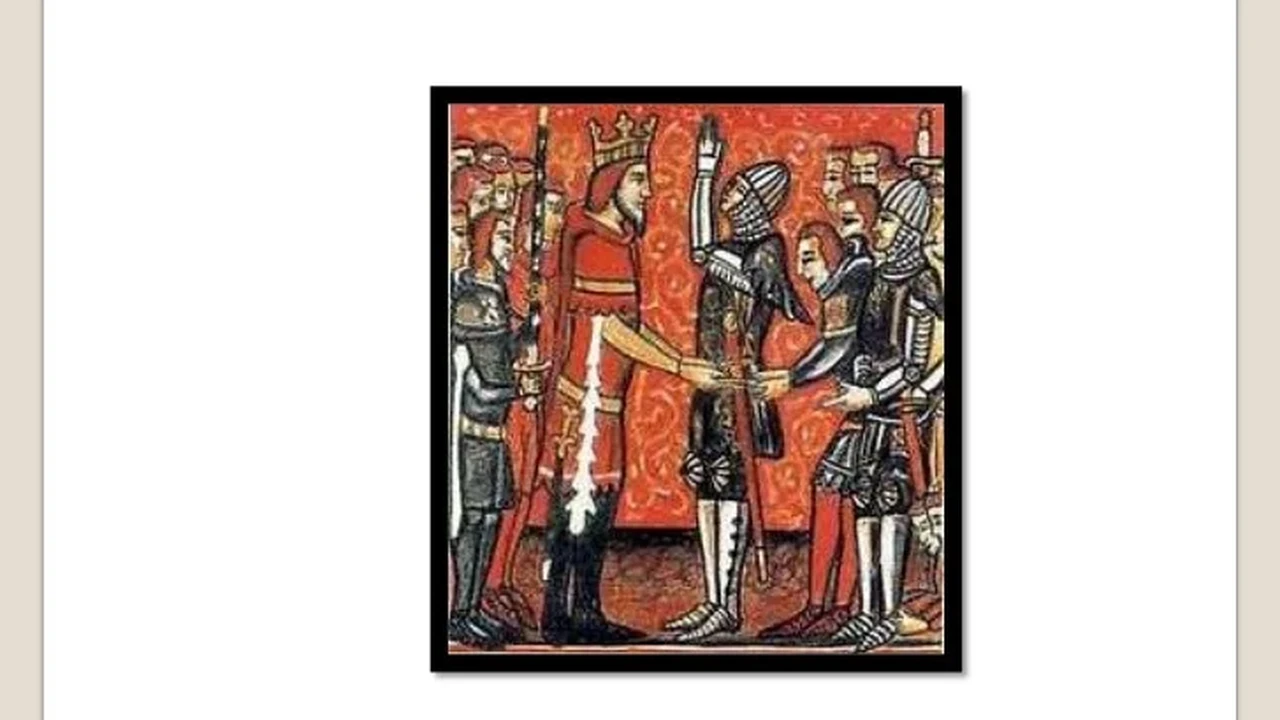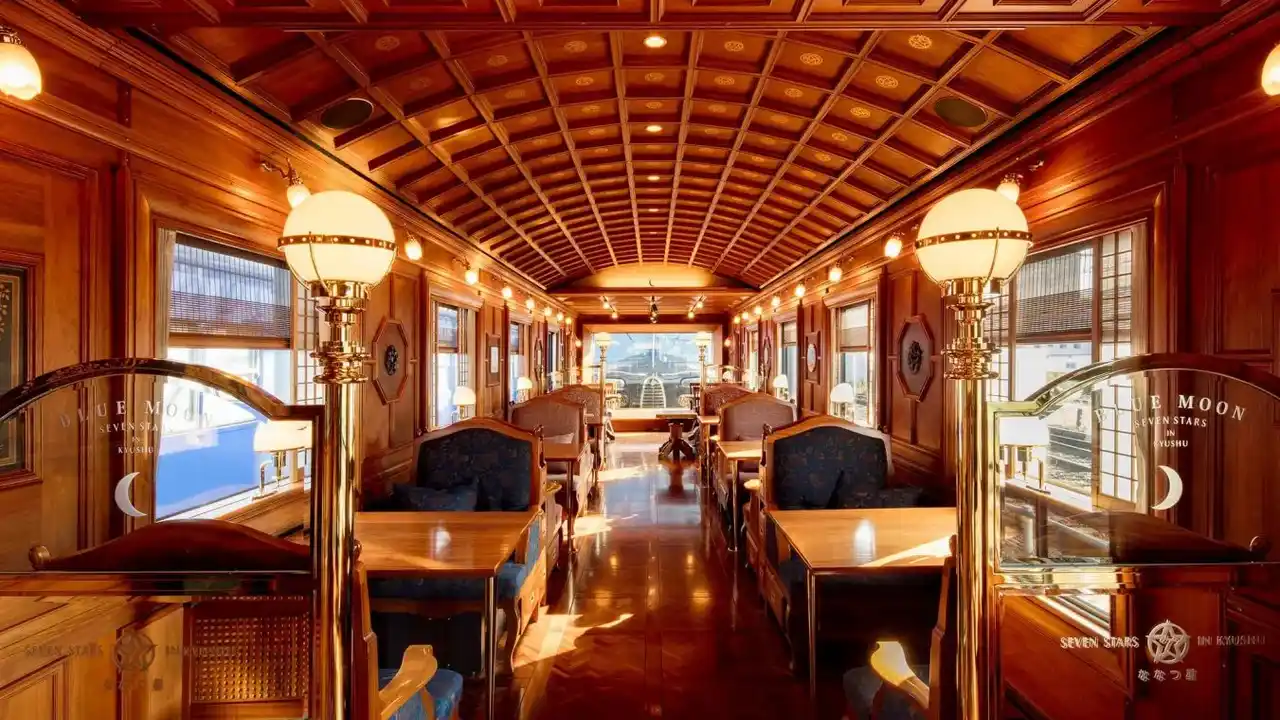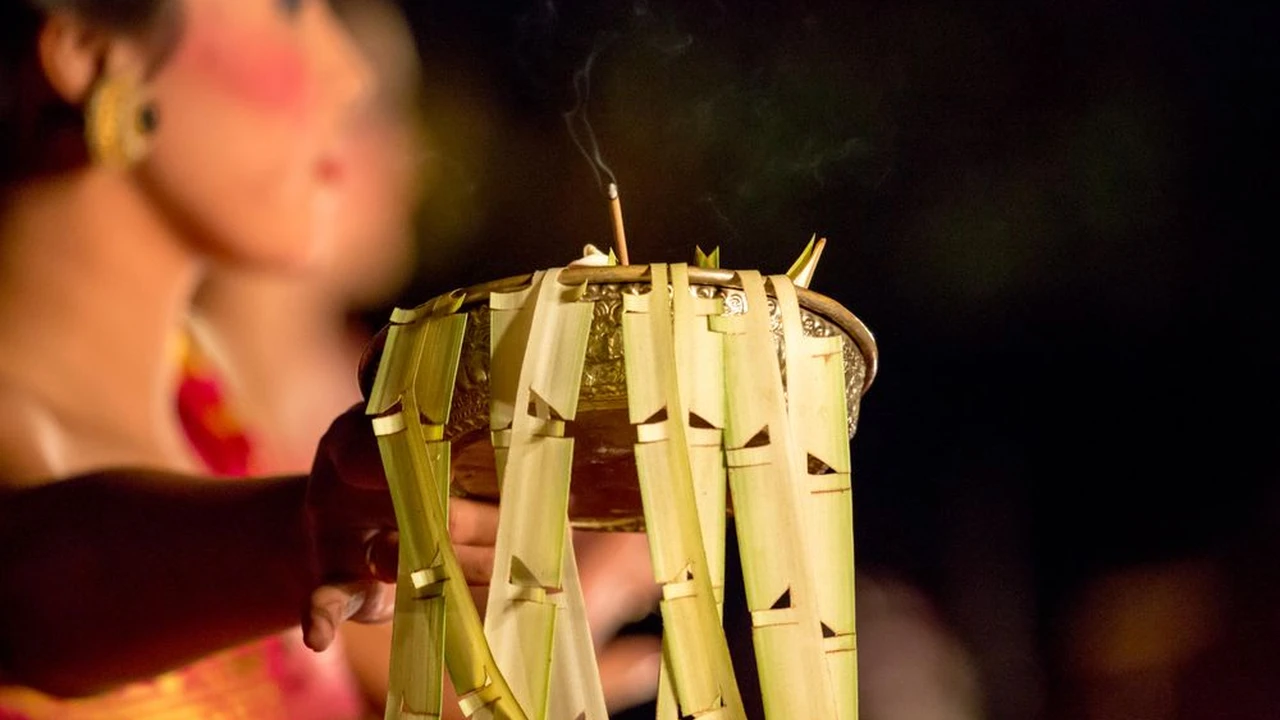The Rise and Fall of European Monarchies A Timeline
Explore the rise and fall of European monarchies with this comprehensive timeline. Discover key events and figures that shaped history.

A Brief Overview of European Monarchies History
European monarchies have a long and fascinating history, stretching back centuries. From powerful empires to smaller kingdoms, these ruling families have shaped the continent's political, social, and cultural landscape. But how did these monarchies rise to power, and what led to their eventual decline?
Early Monarchies: Foundations of Power
Let's start at the beginning. Many European monarchies trace their roots to the early Middle Ages, a time of feudalism and decentralized power. Strong leaders emerged, consolidating territories and establishing hereditary rule. Think of the Franks, who eventually became the Carolingian dynasty, laying the groundwork for future kingdoms like France and the Holy Roman Empire.
The High Middle Ages: Consolidating Power and Influence
The High Middle Ages (roughly 1000-1300 AD) saw monarchies solidify their power. The Norman Conquest of England in 1066 is a prime example. William the Conqueror established a strong centralized monarchy that profoundly impacted English law, language, and culture. Other kingdoms, like France and Spain, were also consolidating their power through strategic alliances, wars, and royal marriages.
The Renaissance and Reformation: Challenges to Royal Authority
The Renaissance and Reformation brought new challenges to royal authority. The rise of humanism and secular thought questioned the divine right of kings. The Protestant Reformation, sparked by Martin Luther, divided Europe along religious lines, leading to wars and political upheaval. Monarchs had to navigate these turbulent times, often choosing sides in religious conflicts.
The Age of Absolutism: Kings as Supreme Rulers
The 17th and 18th centuries witnessed the rise of absolutism in many European countries. Kings like Louis XIV of France believed they ruled by divine right and had absolute power over their subjects. Versailles became a symbol of royal extravagance and power. However, this concentration of power also led to resentment and, eventually, revolution.
The French Revolution: A Turning Point
The French Revolution of 1789 was a watershed moment in European history. The overthrow of the monarchy and the establishment of a republic sent shockwaves across the continent. It inspired revolutionary movements and challenged the legitimacy of monarchical rule everywhere.
The 19th Century: Restoration and Reform
After the Napoleonic Wars, there was an attempt to restore the old order. However, the genie was out of the bottle. The 19th century saw a rise in nationalism and liberalism, leading to demands for constitutional monarchies and greater democratic participation. Many countries adopted constitutions that limited the power of the monarch.
The 20th Century: Decline and Transformation
The 20th century was a period of dramatic change for European monarchies. World War I led to the collapse of several empires, including the Austro-Hungarian and German empires. Other monarchies survived, but they were often reduced to largely ceremonial roles. Today, many European countries have constitutional monarchies, where the monarch is head of state but has limited political power.
Key Events and Figures in European Monarchies
Here's a timeline of some key events and figures that shaped the rise and fall of European monarchies:
- 1066: The Norman Conquest of England
- 1215: The Magna Carta, limiting the power of the English monarch
- 1517: Martin Luther's Reformation begins
- 1789: The French Revolution
- 1815: The Congress of Vienna, attempting to restore the old order
- 1914-1918: World War I, leading to the collapse of several empires
Products & Experiences for Exploring Royal History
Want to delve deeper into European royal history? Here are some products and experiences you might enjoy:
Luxury Royal History Tour Packages: Guided Tours of Palaces and Castles
Several companies offer luxury tour packages that take you to the most magnificent royal palaces and castles in Europe. These tours often include private guides, VIP access, and luxurious accommodations. Prices range from $5,000 to $20,000 per person.
Example: Abercrombie & Kent offers a 'Royal Britain' tour that includes visits to Buckingham Palace, Windsor Castle, and the Tower of London.
Usage Scenario: Ideal for travelers who want a hassle-free and immersive experience with expert guidance.
Comparison: These tours are generally more expensive than independent travel but offer unparalleled convenience and access.
Historical Fiction Novels: Immerse Yourself in Royal Intrigue
Reading historical fiction novels is a great way to learn about the lives and times of European monarchs. Many authors meticulously research their subjects, bringing the past to life in vivid detail. Prices range from $10 to $30 per book.
Product Recommendations:
- 'The Other Boleyn Girl' by Philippa Gregory: A fictionalized account of the Boleyn sisters' rivalry for the affections of King Henry VIII.
- 'Wolf Hall' by Hilary Mantel: A historical novel about Thomas Cromwell's rise to power in the court of Henry VIII.
Usage Scenario: Perfect for relaxing at home or on the go while learning about history.
Comparison: Less expensive and more flexible than tours, but requires more independent research.
Royal History Documentaries and Films: Visualizing the Past
Watching documentaries and films about European royal history can be a visually engaging way to learn about the subject. Many documentaries feature expert interviews, archival footage, and stunning visuals. Streaming services like Netflix, Amazon Prime Video, and BritBox offer a wide selection of royal history content. Subscription prices vary.
Example: 'The Crown' (Netflix) is a popular drama series that chronicles the reign of Queen Elizabeth II.
Usage Scenario: A great way to learn about history while being entertained.
Comparison: More passive than reading, but offers a visual and dramatic interpretation of events.
Antique Royal Memorabilia: Own a Piece of History
Collecting antique royal memorabilia can be a fascinating hobby. From coins and medals to autographs and photographs, there are many ways to own a piece of history. Prices vary widely depending on the item's rarity and condition.
Product Recommendations:
- Royal Commemorative Coins: Coins issued to celebrate royal events, such as coronations and weddings.
- Signed Photographs of Royalty: Authentic autographs from historical figures.
Usage Scenario: A rewarding hobby for serious collectors.
Comparison: Can be expensive, but offers the unique opportunity to own a tangible piece of history.
Museum Memberships: Unlimited Access to Royal Collections
Consider purchasing a membership to a museum with significant royal collections. This will give you unlimited access to exhibits and special events. Prices vary depending on the museum.
Example: The Historic Royal Palaces membership grants access to the Tower of London, Hampton Court Palace, Kensington Palace, and other royal residences.
Usage Scenario: Ideal for those who live near a museum with royal collections and want to visit frequently.
Comparison: More cost-effective than paying for individual visits.
The Lasting Legacy of European Monarchies SEO Insights
Even though many European monarchies have faded from absolute power, their legacy continues to shape the continent today. Their influence can be seen in architecture, art, language, and culture. Exploring the history of European monarchies provides valuable insights into the development of modern Europe and the enduring power of tradition.
:max_bytes(150000):strip_icc()/277019-baked-pork-chops-with-cream-of-mushroom-soup-DDMFS-beauty-4x3-BG-7505-5762b731cf30447d9cbbbbbf387beafa.jpg)






